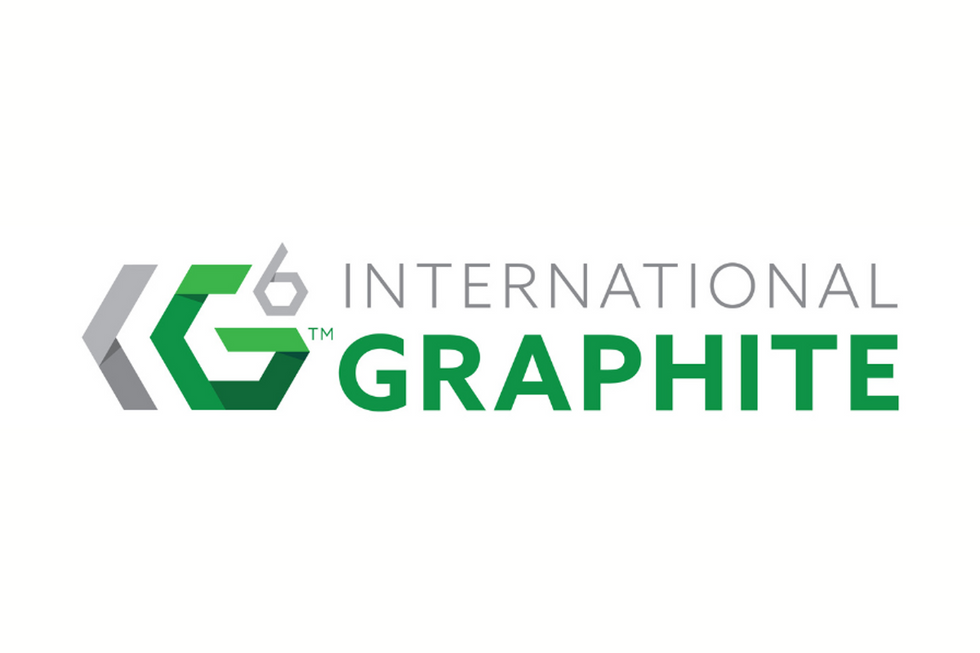Luisa Moreno of Euro Pacific Canada recently released a report on Canada Carbon and its Miller hydrothermal lump-vein property in Quebec. Here’s a breakdown of what she had to say.
Vancouver-based Canada Carbon (TSXV:CCB) has received a lot of attention in the last few months. The company, which holds 100-percent interests in three graphite projects located in Quebec, has been lauded by Gareth Hatch of Technology Metals Research, Stormcrow Capital’s Jon Hykawy and, most recently, Luisa Moreno of Euro Pacific Canada.
All were impressed following visits to Canada Carbon’s Miller hydrothermal lump-vein historical graphite mine — and with good reason. Since August the company has released a slew of positive results from the property, and does not look to be slowing down.
Investors also seem impressed. The company’s share price has reacted accordingly to the news released, and since the beginning of August is up a respectable 25 percent. That said, many market watchers likely still have questions about Canada Carbon. After all, according to the company, the graphite Miller contains is not only the most expensive form of graphite, but also the rarest.
R. Bruce Duncan, Canada Carbon’s executive chairman and CEO, referred Graphite Investing News to a report by Moreno for information on a few key topics that are likely on investors’ minds. Here’s a look at what it says.
Three types of graphite
As most in the graphite space are likely well aware, there are three types of graphite: amorphous, flake and vein (also called lump). Amorphous is the most abundant, though investors are likely most familiar with flake, which has been attracting increasing interest from many industries.
Vein graphite, as mentioned, is the rarest form of graphite. Explaining further, Moreno states, “[c]ommercial deposits of non-amorphous vein graphite are extremely rare. Although vein graphite occurrences have been reported in a number of countries, it is only commercially mined in Sri Lanka.” In terms of its qualities, she adds that vein graphite “is characterized by high grade material which can be found with a carbon content above 90% Ct.”
Speaking specifically about Miller, Moreno notes that the mineralization there “is believed to be hydrothermal and shows a number of graphite veins and a very coarse flake graphite. The Company has reported high grade veins grading between 30% and 90% Ct.”
What about synthetic graphite?
Of course, in addition to the three forms of natural graphite mentioned above, there is also synthetic graphite. And according to Moreno, what’s particularly significant about Miller’s graphite is that “[p]reliminary metallurgical tests have yielded large flake graphite concentrate with high purity, and with characteristics similar to certain types of synthetic graphite.”
Put simply, that means Canada Carbon could be set to profit significantly. Moreno notes, “if Canada Carbon’s final pilot scale flotation metallurgy results confirm what the preliminary tests have shown, i.e., that the Company could recover good percentages of large flake graphite of high purity and comparable in quality with synthetic graphite from bulk mined ore, that could be significantly profitable. Synthetic graphite material for high end applications can be sold for $3,000 – 20,000/t.”
All about flotation
So what exactly was so good about the flotation results released thus far by Canada Carbon? Moreno provides a good summary, commenting, “Canada Carbon’s preliminary pilot scale flotation tests have yielded results with good percentage recoveries of large and jumbo flakes contained in a high grade concentrate. The Company’s bench-scale flotation tests on a 50kg composite of the Miller graphite samples resulted in 40% of the graphite concentrate reporting to the +80 mesh to +32 mesh sizes (i.e., large to super-jumbo graphite flake sizes), which typically command a market premium.”
In addition, she points out that “GDMS assays on pilot plant graphite concentrate, processed by flotation alone, have shown 99.3+% purity in seven particle classes, from +200 to +32 mesh.” Again, that’s important because “the quality is comparable with that of synthetic graphite.”
Focus on high-value markets
Those results have the potential to translate into a number of exciting applications. Canada Carbon’s website states that the graphite from Miller can be used in solar panels, lithium-ion batteries and other products that normally require flake graphite; the company also may be able to produce a graphene product from the graphite produced there.
However, Moreno’s report focuses mostly on the high-value markets Canada Carbon is interested in entering. One of those is the nuclear-grade graphite market, which is “dominated by synthetics” and uses graphite that is “said to carry a high value of >$15,000/t.” That might sound ambitious, but according to Moreno, “Canada Carbon believes it could potentially achieve the high grade and quality of nuclear grade graphite at lower operating cost relative to synthetic graphite producers.”
More bright spots
Miller’s graphite sounds pretty promising, but as Moreno points out, there’s more to Miller than that. The project is also located near good infrastructure and is expected to produce valuable by-products.
Commenting on the former, she states that Miller is located 80 kilometers west of Montreal, 89 kilometers east of Gatineau and just 5 kilometers from Grenville. It’s also “only a few kilometres from a major highway” and “directly accessible by paved roads, which connect to bush roads leading to the Miller pit and showings.” Further, rail and power lines are only about 0.5 kilometers from the deposit.
In terms of by-products, Moreno states that it may be economic to extract wollastonite and marble from Miller.
What’s next for Canada Carbon?
Of course, before becoming a supplier Canada Carbon still has lots of work to do. Based on Moreno’s report, it appears that part of that work will be to assess the potential of bulk mining at Miller. That would be in contrast to the selective vein mining that’s done in Sri Lanka.
Explaining further, Moreno notes that the Sri Lankan process involves defining a “rolling resource” that can be used to “plan for short-term production targets, while continuously exploring ahead.” While a “‘rolling resource’ production model may well be possible for Canada Carbon,” it may also decide “to employ a bulk mining strategy.” In that case, “a broader resource estimate may be achievable in the near term, but average grades will likely fall to 5-10% Ct.” Ongoing pilot plant tests should help Canada Carbon decide which method is best.
Moreno also said she expects Canada Carbon to commission a preliminary economic assessment for Miller once a resource is defined, “while continuing to explore the potential for small scale production.”
Certainly there is a lot for investors to look out for moving forward.
Securities Disclosure: I, Charlotte McLeod, hold no direct investment interest in any company mentioned in this article.
Editorial Disclosure: Canada Carbon is a client of the Investing News Network. This article is not paid-for content.
Related reading:
Types of Graphite: Amorphous, Flake and Vein
What is Synthetic Graphite? Asbury Carbons’ Stephen Riddle Explains




